South African Research Team Says Cannabis is ‘Very Promising’ as an Opioid Replacement
Veriheal
AUGUST 22, 2022
Unlike traditional methods of cannabis cultivation, aquaponics is a food production system that merges aquaculture (raising aquatic animals in tanks) with hydroponics (growing plants in water). This process involves feeding the nutrient-dense aquaculture water to hydroponically cultivated plants. Together, they work very well.

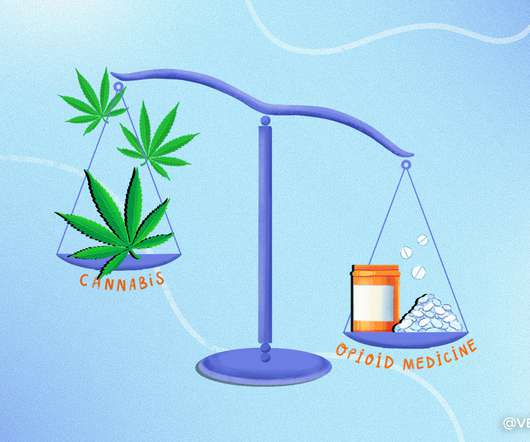

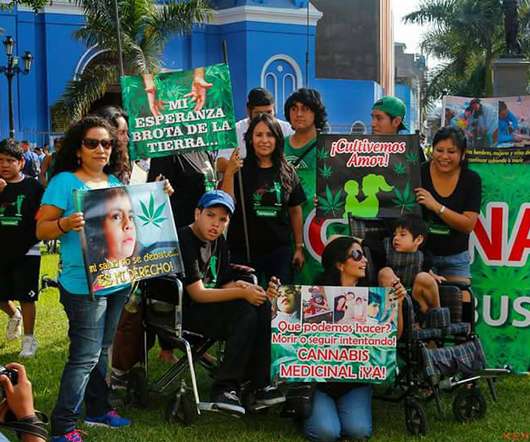


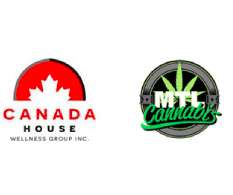
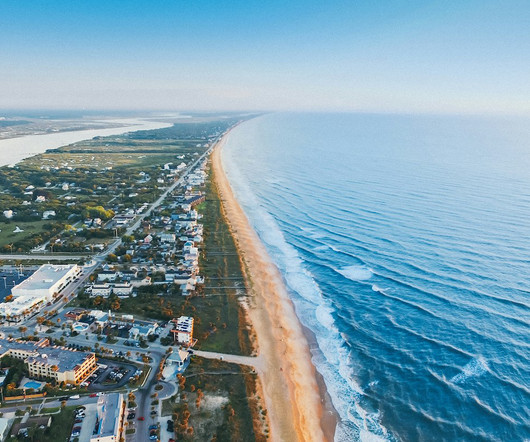

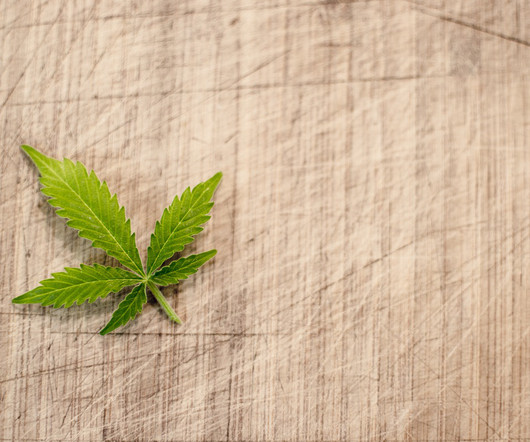







Let's personalize your content